
- Walking along Wildwood
- Looking for birds.
- Taking a break.
It was a lovely day for a hike, especially one for scouting birds. Our goal was to locate the migrating Red Winged Blackbirds, Bluebirds, and Wood Thrushes as they returned for breeding.
- Red Winged Blackbird
- Wood Thrush
The male Red Winged Blackbirds were everywhere. We did not see any females so they probably had yet to arrive. There were no Bluebirds evident around the bluebird houses, but we know they have arrived, since they have been viewed elsewhere. No sign of Wood Thrushes yet, but they have frequented Wildwood in past springs and summers.
- Those are turtles piled on a log,
- This Canada Goose refused to move!
- The huge sycamore!
We did see Egrets, Canada Geese, a snake, a dead raccoon that looked like it was sleeping, a Blue Jay, Red-Bellied Woodpecker, a Thrasher and many, many turtles! Then there was the huge sycamore that was estimated to be at least 100 years old!

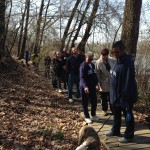
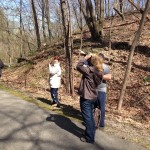
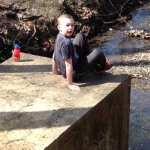

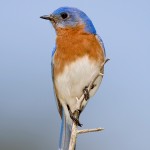
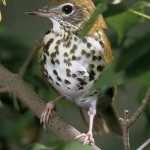
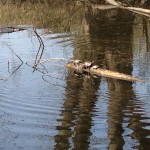
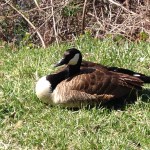
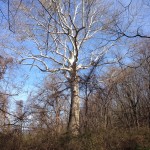
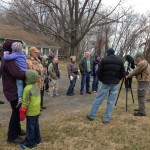
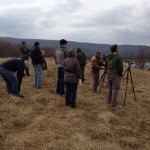

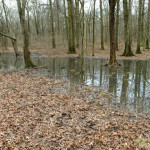
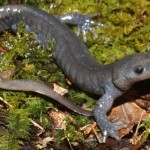
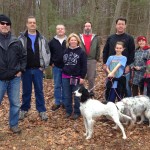
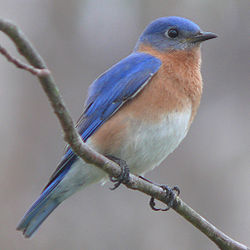
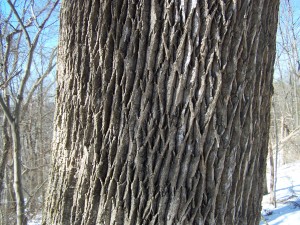

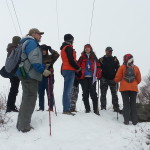
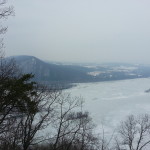
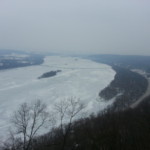

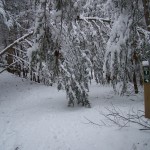
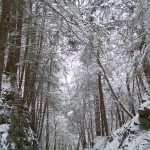
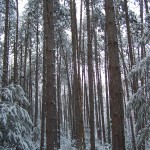
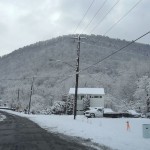
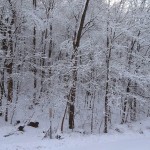
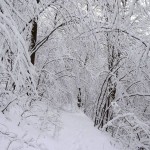
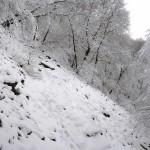
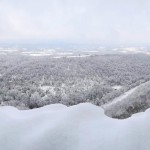
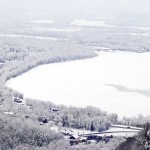
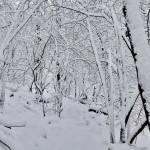


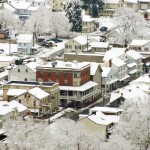
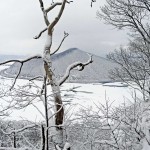
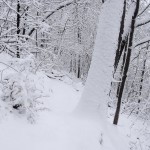

![highres_324689032[1]](https://duncannonatc.org/wp-content/uploads/2014/02/highres_3246890321-300x228.jpg)

